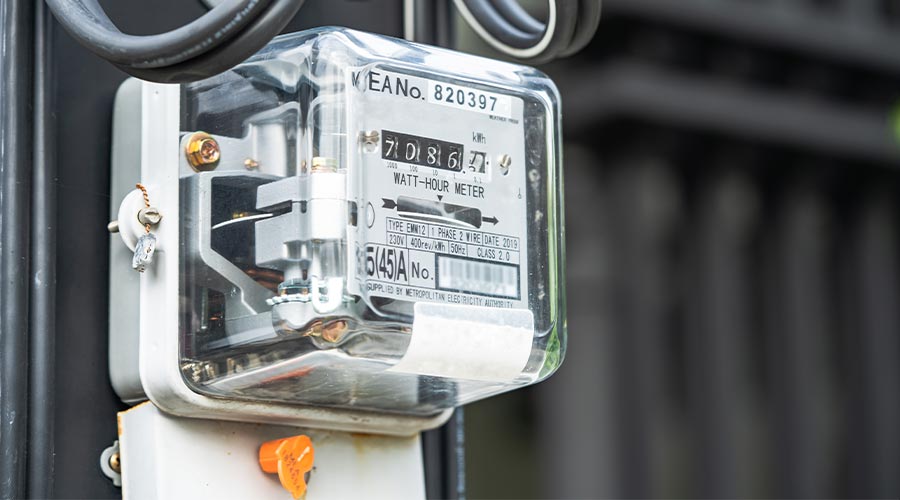Difference Between Hazard and Risk Addressed in NFPA 70E
Part 3 of a 4-part article on arc flash
The word “hazard” indicates the potential for harm, while “risk” combines the probability of an event occurring with the severity of its consequences. A significant change throughout the 2015 NFPA standard is the replacement of the phrase “hazard analysis” with “risk assessment.” The NFPA made this change to clarify that an electrical panel is not necessarily always a hazard. If the equipment is properly maintained and kept up to date, the likelihood of the panel actually being hazardous is very minimal. Yet the risk of an arc flash remains.
The remaining residual risk is the reason workers must use proper precautions, such as the application of the appropriate voltage rated PPE. This change in wording shifts the awareness regarding the potential for an electrical failure from the hazard to its probability to fail and resulting severity to cause harm.
As part of the overall electrical safety program, NFPA 70E requires the use of a risk assessment procedure to address employee exposure to the electrical and arc-flash hazards. The procedure must encompass identification of hazards, identification of risk, and implementation of control measures in accordance with the hierarchy of controls.
More specifically, NFPA 70E 2015 Article 130.5 says an organization must perform an arc-flash assessment that:
- Determines if an arc-flash hazard exists. If so, the assessment shall determine appropriate safe-related work practices, the arc-flash boundary, and the PPE to be used within the arc-flash boundary.
- Is updated when a major modification or renovation takes place. It shall be reviewed periodically at intervals not to exceed five years to account for changes in the electrical distribution system that could affect the results of the risk assessment.
- Takes into account the design of the overcurrent protective device and its opening time, including its condition of maintenance.
Also, as of 2015, the organization must document the assessment’s results. It is important that managers familiarize themselves with the 2015 edition of the NFPA 70E standard. NFPA’s guidance not only provides best practices for electrical safety. It also provides compliance with OSHA worker safety electrical standards.
Jeffery C. Camplin, CSP, CPEA, CET, is president of Camplin Environmental Services Inc., a safety and environmental consulting firm located in Rosemont, Ill.
Related Topics:















